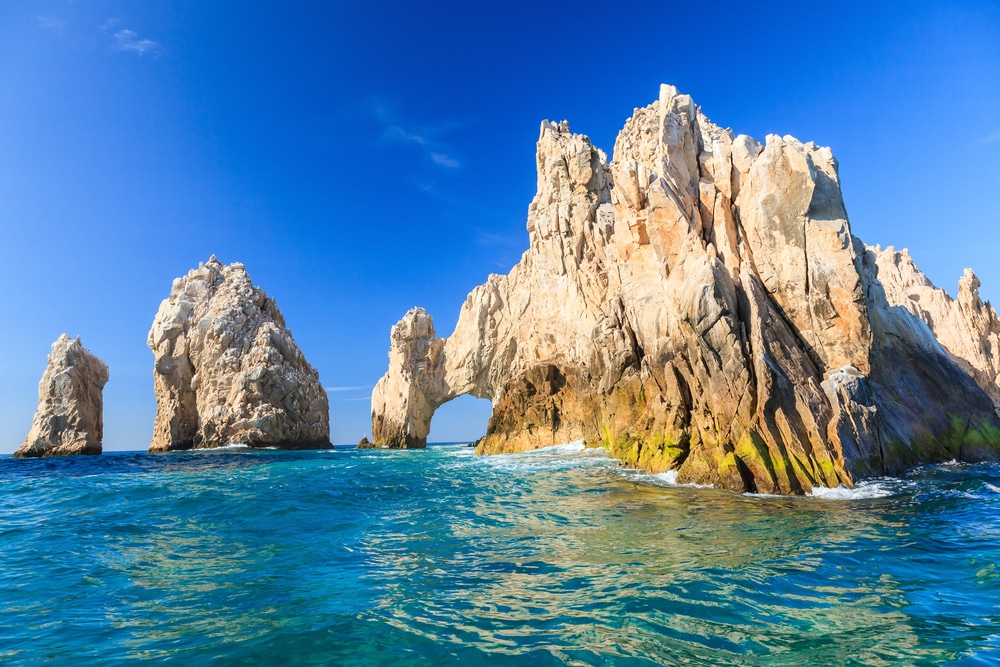Are you ready to explore the hidden gems and popular spots in Baja California Sur? This guide will take you through an unforgettable journey filled with picturesque landscapes, vibrant culture, and thrilling adventures. Let’s discover the must-visit tourist attractions in this beautiful region!
Overview of Baja California Sur
Baja California Sur is located on the Baja California Peninsula in Mexico. Known for its stunning coastal scenery and unique ecosystems, it attracts visitors year-round with its beautiful beaches, rich marine life, and charming towns.
Main Tourist Attractions
1. Cabo San Lucas
Cabo San Lucas is perhaps the most famous destination in Baja California Sur. Known for its vibrant nightlife and stunning beaches, it offers a plethora of activities for every type of traveler.
Activities in Cabo San Lucas
- Snorkeling and scuba diving at Pelican Rock.
- Exploring the Arch of Cabo San Lucas.
- Relaxing on Medano Beach.
Travel Tip
Visit during the offseason (late spring or fall) to avoid crowds and enjoy better pricing on accommodations.
2. La Paz
La Paz is the capital of Baja California Sur and is known for its charming waterfront promenade, Malecon, where visitors can enjoy leisurely strolls, local cuisine, and beautiful sunsets.
Highlights of La Paz
- Visit the Whale Museum.
- Take a day trip to Isla Espiritu Santo for snorkeling.
- Enjoy fresh seafood at local eateries.
3. Todos Santos
A quaint desert town, Todos Santos is famous for its artistic community and the iconic Hotel California. It’s a perfect blend of culture and relaxation.
Must-Do Activities
- Tour local art galleries.
- Surf at Playa Cerritos.
- Attend a local music event.
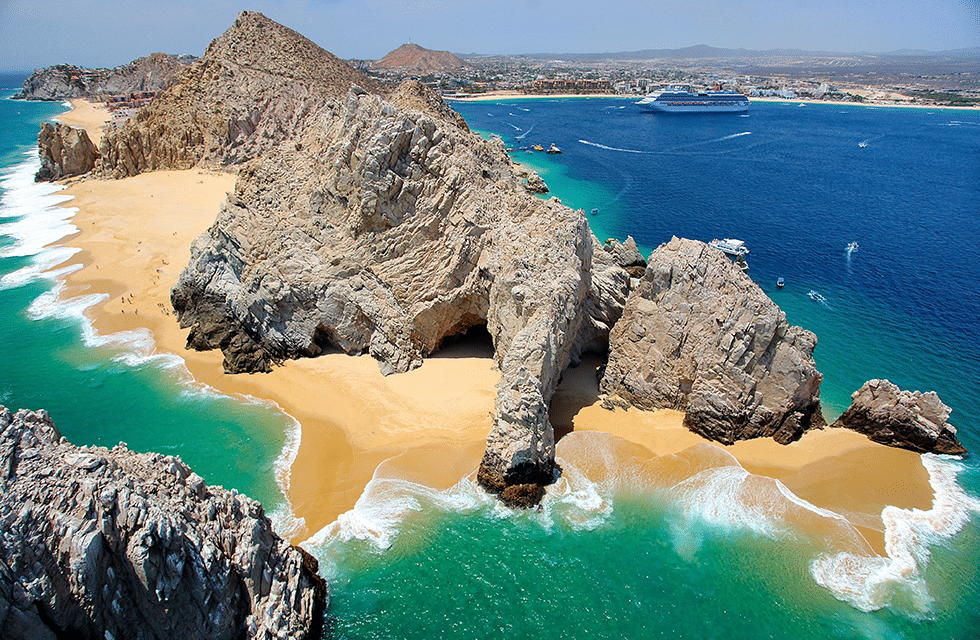
4. Loreto
Loreto is known for its rich history and beautiful natural landscapes. It’s a UNESCO World Heritage site with pristine beaches surrounding the stunning Sierra de la Giganta Mountains.
Top Attractions
- Visit the Mission of Our Lady of Loreto.
- Explore the Loreto Bay National Marine Park.
- Take a kayak trip in the turquoise waters.
5. Mulegé
Mulegé is a hidden gem known for its stunning palm oasis and charming town. It’s perfect for travelers looking to get off the beaten path.
Highlights of Mulegé
- Explore the historic Mulegé Mission.
- Enjoy a river tour on the Río Mulegé.
- Relax at Playa Santispac.

Comparison Table of Tourist Attractions
| Attraction | Location | Main Activities | Best Time to Visit |
|---|---|---|---|
| Cabo San Lucas | Cabo San Lucas | Water sports, nightlife, beach lounging | October to December |
| La Paz | La Paz | Snorkeling, dining, sightseeing | February to April |
| Todos Santos | Todos Santos | Art tours, surfing, shopping | November to April |
| Loreto | Loreto | Cultural tours, kayaking, hiking | March to May |
| Mulegé | Mulegé | Historical tours, nature walks, beach time | November to March |
Travel Tips for Baja California Sur
Transportation Options
Consider renting a car to explore the region at your own pace. Public transportation is available but may not reach all remote attractions.
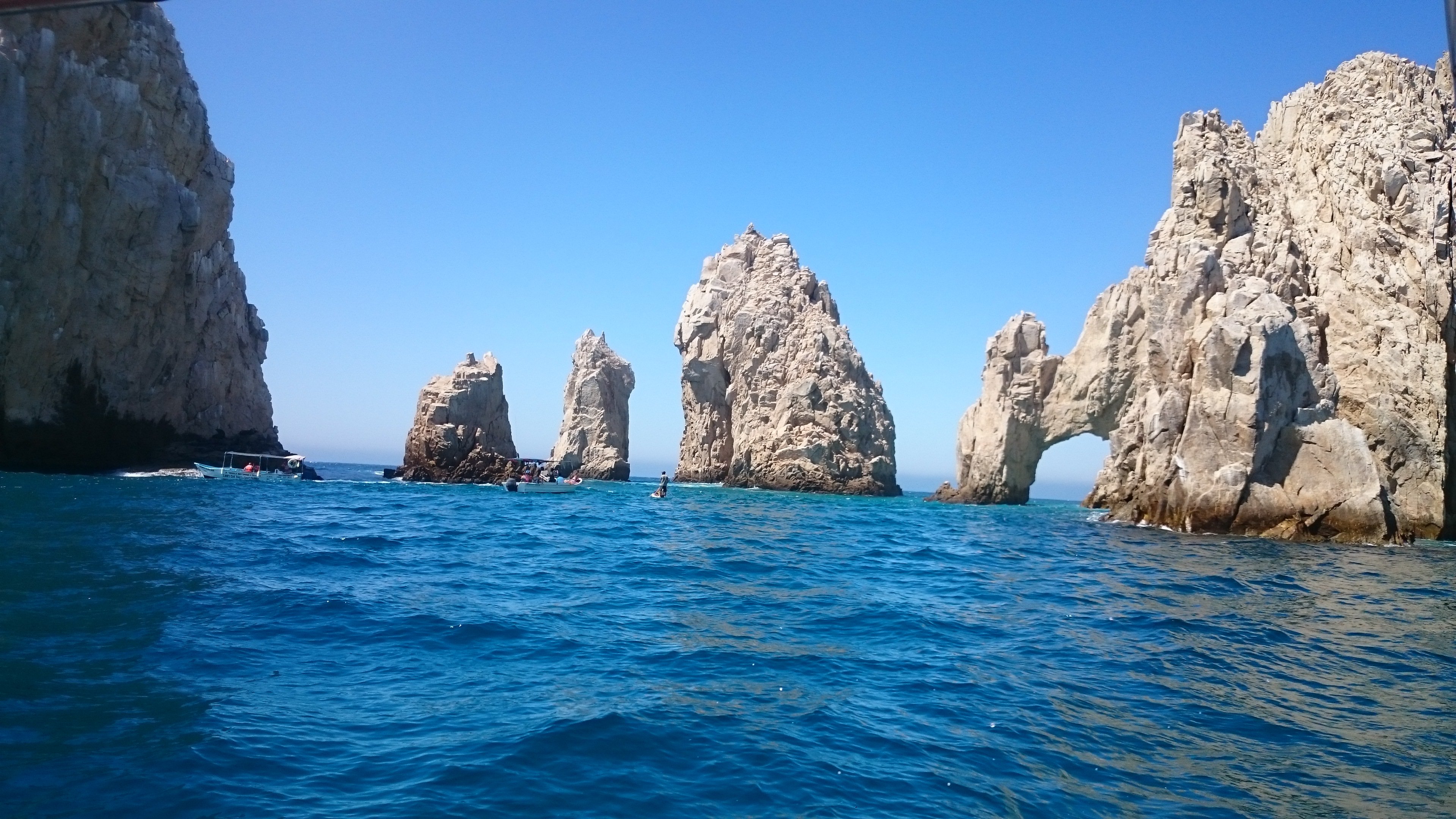
Local Cuisine
Don’t miss out on trying fresh seafood, especially fish tacos and ceviche. Local markets are great places to sample authentic dishes.
Safety Precautions
While Baja California Sur is generally safe for tourists, it’s wise to stay in well-traveled areas, especially at night.
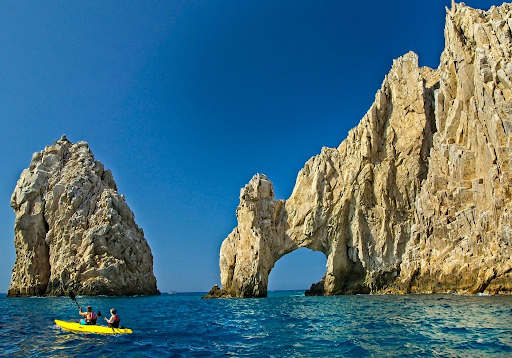
FAQs about Tourist Attractions in Baja California Sur
What are the must-visit attractions in Baja California Sur?
Must-visit attractions include Cabo San Lucas, La Paz, Todos Santos, Loreto, and Mulegé, each offering unique experiences.

When is the best time to visit Baja California Sur?
The best time to visit is between October and May when the weather is pleasant and ideal for outdoor activities.
Are there any family-friendly attractions?
Yes! Many attractions are family-friendly, including beach activities, museums, and wildlife tours, particularly in Cabo San Lucas and La Paz.
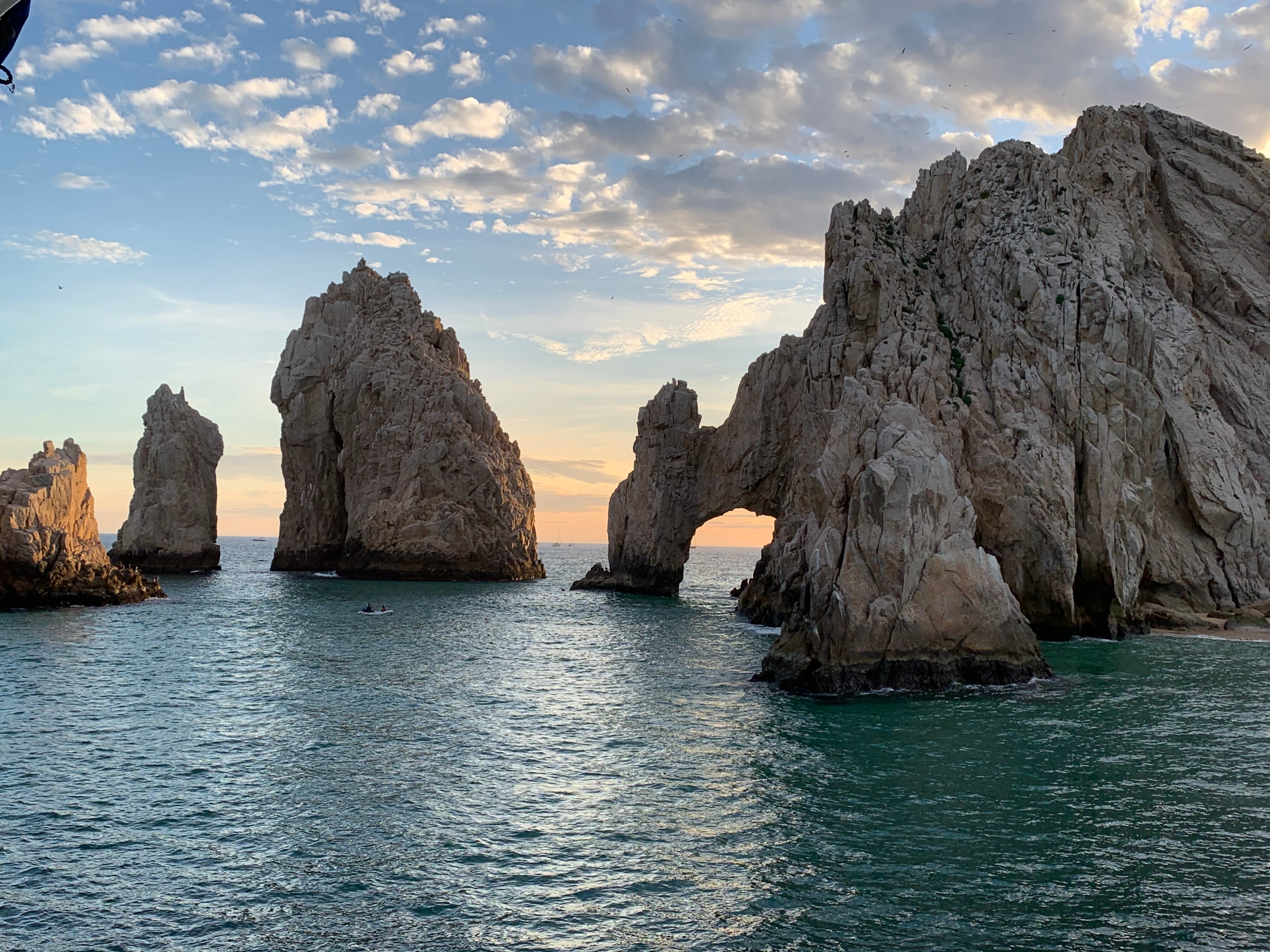
Pros and Cons of Visiting Baja California Sur
Pros
- Stunning natural beauty and diverse landscapes.
- Rich cultural heritage and history.
- Variety of activities for all types of travelers.
Cons
- Some areas can be touristy and crowded.
- Transportation can be limited in remote areas.
- Language barrier may be an issue for non-Spanish speakers.
